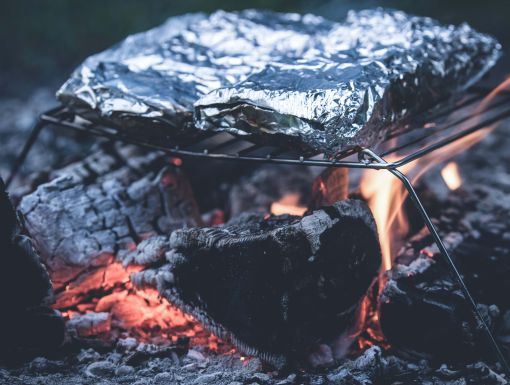
How to Clean a Moldy Refrigerator After a Power Outage
As power is restored to Louisiana residents post-Hurricane Ida, there’s one unwanted guest that might have stuck around – mold.
A major mold problem inside your home will likely require the help of a professional. But if your mold problem is limited to the inside your refrigerator, you can try to tackle it with a few DIY solutions before it gets out of hand.
Inhaling or touching mold or mold spores can cause allergic reactions in some people. The reactions can be immediate or delayed.
For people who are sensitive to mold, exposure can cause a stuffy nose, wheezing, and red or itchy eyes or skin. People who have allergies to molds, or people with asthma, may have more intense reactions. Severe reactions can include fever and shortness of breath.
Immunocompromised people should avoid cleaning up mold.
How did mold get inside my fridge?
The most common way mold grows in a refrigerator is through mold on food. Mold can grow on rotting food, which then spreads to the refrigerator through the air circulation or by sitting in a drawer or on a shelf long enough for the spores to transfer to the plastic or metal surface.
Because the refrigerator is dark most of the day, that allows mold to grow quickly.
What’s the best way to safely clean a moldy fridge?
Before you get started cleaning, have a supply of sealable bags; hot, soapy water; clean towels and bleach nearby. Disposable gloves and masks are also recommended.
If possible, open a window to help ventilate the room you’re working in.
To clean a moldy fridge, the CDC recommends following these steps:
- Throw out any spoiled food. Put the food in a sealed bag in the garbage.
- Put anything you can salvage on a counter or table while you clean. Then take out shelving, drawers and any other removable parts from your refrigerator.
- Wash shelving, drawers and any other removable parts by hand with hot, soapy water. Dry with a clean towel.
- Wipe the inside of the empty refrigerator with hot, soapy water, then wipe with clean water to rinse off soap. Dry with a clean towel.
- Use a solution of 1 tablespoon of liquid bleach in 1 gallon of water to sanitize your refrigerator. Do this after cleaning it with hot, soapy water.
- Put the shelves, drawers and other removable parts back in the refrigerator, along with other items you took out. Wipe food and drink containers with hot, soapy water before returning to the clean refrigerator.
- Wash your hands with water and soap once you’re finished cleaning. Use hot, soapy water to wipe kitchen counters that held food, drinks, refrigerator parts and any cleaning materials.
- Wash any towels you used to dry the refrigerator before using them again.
If using bleach to clean your fridge, do not mix vinegar with bleach. Doing so can create toxic chlorine gas. You should also avoid mixing vinegar with hydrogen peroxide. This reaction creates a toxic chemical called peracetic acid that can potentially irritate your skin or eyes.
What if I’m sensitive to bleach?
If you’re sensitive to bleach, there are other more natural recommended solutions to cleaning mold. According to Healthline, other mold remedies include:
- Undiluted white vinegar with at least 5 percent acetic acid. To use, pour the undiluted vinegar into a spray bottle and spray it directly onto the moldy surface. Let the vinegar sit for at least an hour. Using a brush with soft bristles, scrub the moldy surface until the mold comes off. Dry the area completely with a clean rag and throw away the used rag and brush.
- Tea oil. Mix a teaspoon of oil with about a cup of water.
- Hydrogen peroxide. Apply standard 3-percent hydrogen peroxide directly on the mold with a spray bottle. Let it sit for at least 10 minutes and scrub off.
- Baking soda. Make a paste by mixing baking soda with water and applying it directly to the moldy area. Let it sit for at least 10 minutes before scrubbing off.
Mold exposure is not usually an emergency, but you should seek medical treatment if you are having trouble breathing or having an asthma attack that is not responding to your usual medication.



